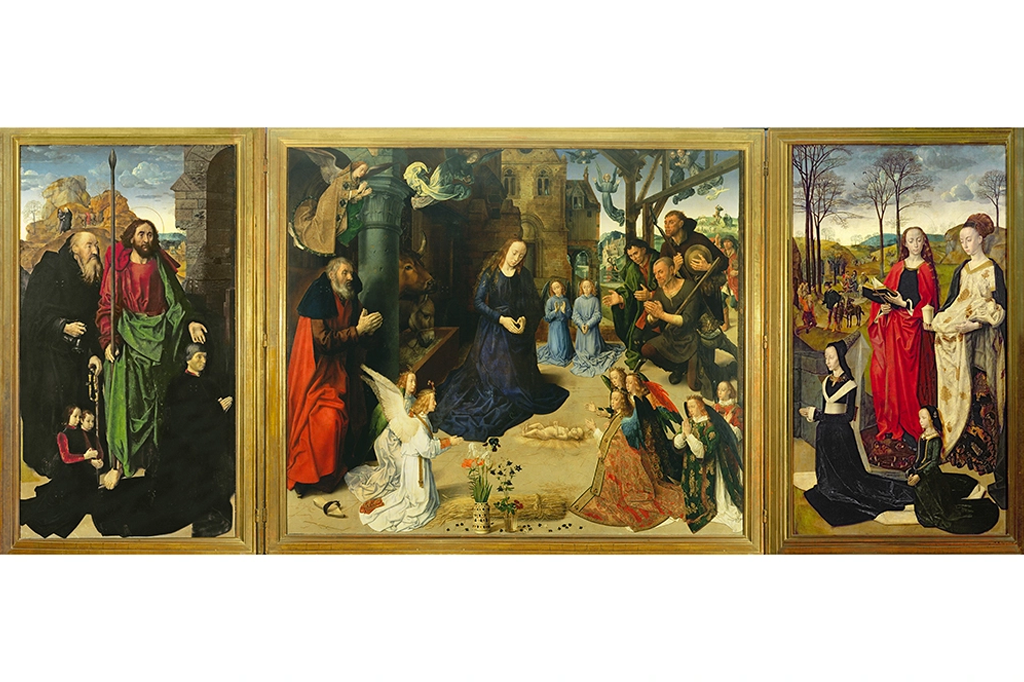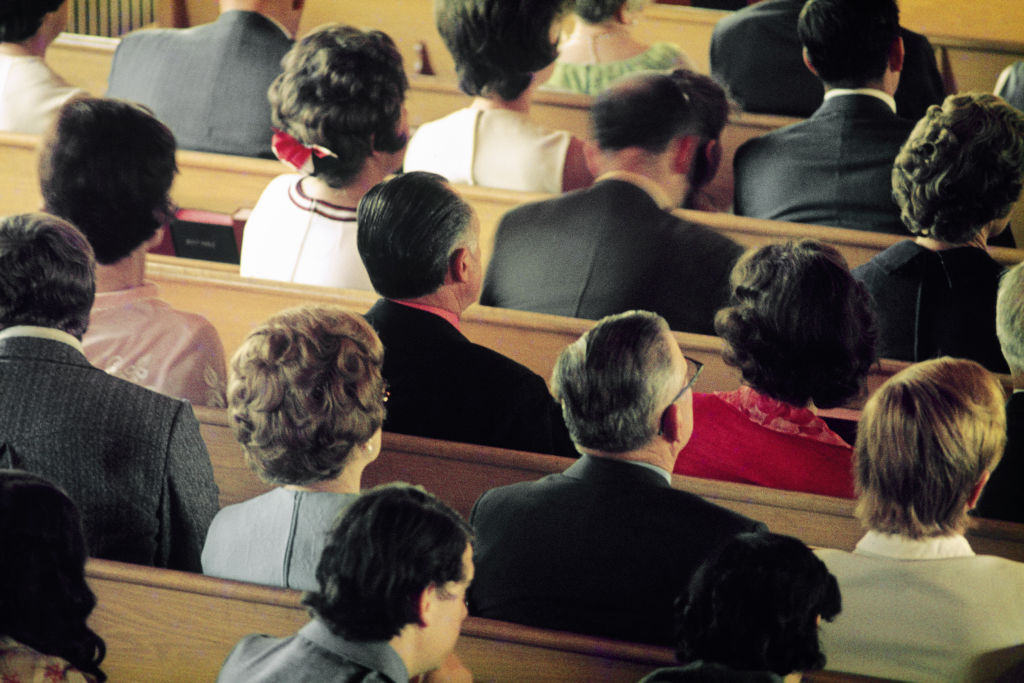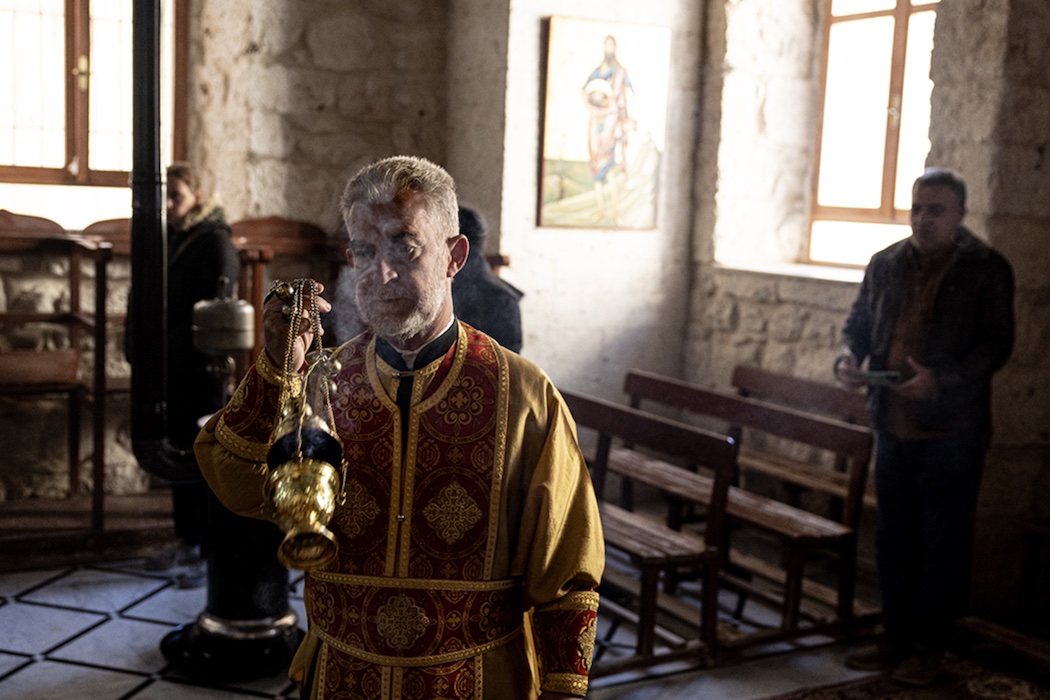Tourists who line up for hours outside the Uffizi to see Botticelli’s “Primavera” and “Birth of Venus” are sometimes surprised to find his world-famous paintings upstaged by the work of a non-Italian they’ve never heard of.
At three meters tall and five meters wide, Hugo van der Goes’s “Adoration of the Shepherds” — known as the “Portinari Altarpiece” — is certainly imposing, but it’s not the size that impresses so much as the color: beside the glow of its Flemish oil paint, Botticelli’s tempera looks pasty. Despite its modern medium, though, and the realism of its technique, this monumental altarpiece by Botticelli’s Netherlandish contemporary appears more gothic than renaissance in feeling. Its devotional power holds the floor; once in the room, it’s hard to take one’s eyes off it.
The painter of this triptych commissioned for the church of Sant’Egidio at Santa Maria Nuova hospital is a shadowy figure. For years his name was forgotten and guidebooks to Florence misattributed his work to Andrea del Castagno, a Florentine artist who helped to decorate the church walls. Vasari tells a scurrilous tale about Del Castagno, accusing him of having murdered fellow muralist Domenico Veneziano out of jealousy over an oil-paint recipe (hard to believe, as Veneziano outlived him). But Vasari knew the author of the altarpiece, name-checking him in his Lives as Hugo of Antwerp “who executed the very beautiful picture which is in Santa Maria Nuova in Florence.” Vasari got the Flemish city wrong but the first name right, and his remains the only reference linking the artist (who never signed or dated his paintings) to a particular work.
For centuries all that was known about this mysterious Hugo was that he became a master in Ghent in 1467. Then in 1863 a Belgian archivist called Alphonse Wauters, delving into the records of the Red Cloister monastery near Brussels, made a discovery. The Red Cloister followed the Modern Devotion movement which emphasized humility and asceticism, and it was customary for monks, on the death of a brother, to write an edifying chronicle of his life as an example to others. The chronicle Wauters turned up, however, was meant as a warning rather than an example.
Penned in the early fifteenth century by the monastery’s prior Gaspar Ofhuys, the Ofhuys Chronicle described the last years of a lay brother Hugo who had entered the monastery with him as a novice. Being “so renowned as a painter that on our side of the Alps there was no one his equal at that time,” brother Hugo was accorded special privileges by the then prior Thomas, who allowed him to receive guests and gave him leave to travel. It was these privileges — including “drinking wine, doubtless on account of his guests” — that Ofhuys believed were Hugo’s undoing. On the way back from a trip to Cologne in 1481, he fell victim to “a strange mental disease, as a result of which he kept saying he was a lost soul” and had to be restrained from killing himself.
Under the care of the choir brothers back at the cloister he eventually recovered his balance of mind and died peacefully, appropriately humbled, the following year. In Ofhuys’s opinion the painter’s exalted status had gone to his head and God “out of compassion sent him this humiliating infirmity by which he was justly reduced to great humility.”
The public loves a mad artist, and the Ofhuys Chronicle came to light at precisely the moment when the myth of the tormented genius was at its zenith. An 1872 painting by Émile Wauters, Alphonse’s nephew, showing choristers serenading the anguished artist was admired by Van Gogh, who compared his own haggard appearance to Hugo’s in a letter from Arles written five months before his own breakdown. Wauters’s painting is currently on show at Saint John’s Hospital, Bruges, in an exhibition focusing on Hugo’s “The Death of the Virgin,” a melancholy picture that along with the agitated “Adoration of the Shepherds’ in Berlin’s Gemäldegalerie — the focus of the gallery’s spring exhibition — have been dated to his late “mad” period by psychologizing scholars.
But Van der Goes was no Van Gogh. He lived at a time when artists worked to a brief. The Uffizi’s “Adoration of the Shepherds” was commissioned by Medici financier Tommaso Portinari — whose speculations contributed to the collapse of the Medici bank — for the main altar of the church of Sant’Egidio. The theme was an unusual choice for an altarpiece in Florence, where patrician patrons preferred to identify with the magi and Epiphany processions were fashion parades to rival the Met Gala. But there’s nothing flashy about the somber clothing worn by the donor’s family on the wings of Hugo’s altarpiece. The only richly attired figures in the triptych are Mary Magdalene, name saint of Tommaso’s wife Maria Maddalena, and the angels in embroidered copes and dalmatics attending the Christ Child lying naked on the bare ground.
In the distance, behind the kneeling Maria Maddalena, the magi are just coming into view, their page asking directions from a local yokel while a group of peasants stands gawping at his finery. The nobs in this Adoration are at the back of the line; the VIP preview is reserved for the shepherds. Hugo doesn’t bother with any sheep; they’re relegated to a flashback in the far distance. The shepherds have come as they are, without gifts, in unwashed clothes with rotting teeth and dirty fingernails. This is a painting about humility and the constant threat to it from pride: in the shadows of the manger lurks a devil, almost imperceptible to the naked eye.
In 1472, when in his pomp, Tommaso endowed Sant’Egidio with 700 gold florins to have masses offered in perpetuity for his soul at the high altar. Hugo’s altarpiece, shipped at vast expense by sea to Pisa, then along the Arno before being hefted by sixteen sturdy porters to the church, was meant to seal the deal. By the time it was installed the artist was dead, buried humbly “under the open sky,” says Ofhuys, in 1482. When Tommaso died in the family hospital nineteen years later, he was buried in Sant’Egidio in front of Hugo’s painting. Had both men learned sufficient lessons in humility not to be tormented for eternity? If this marvelous painting couldn’t tip the scales of judgment in their favor, I don’t know what could.
Face to Face with Death: Hugo van der Goes, Old Masters and New Interpretations is at the St. John’s Hospital, Bruges, until February 5, 2023. Hugo van der Goes: Between Pain and Bliss is at the Gemäldegalerie, Berlin, from March 31, 2023 until July 16, 2023. This article was originally published in The Spectator’s UK magazine. Subscribe to the World edition here.

























